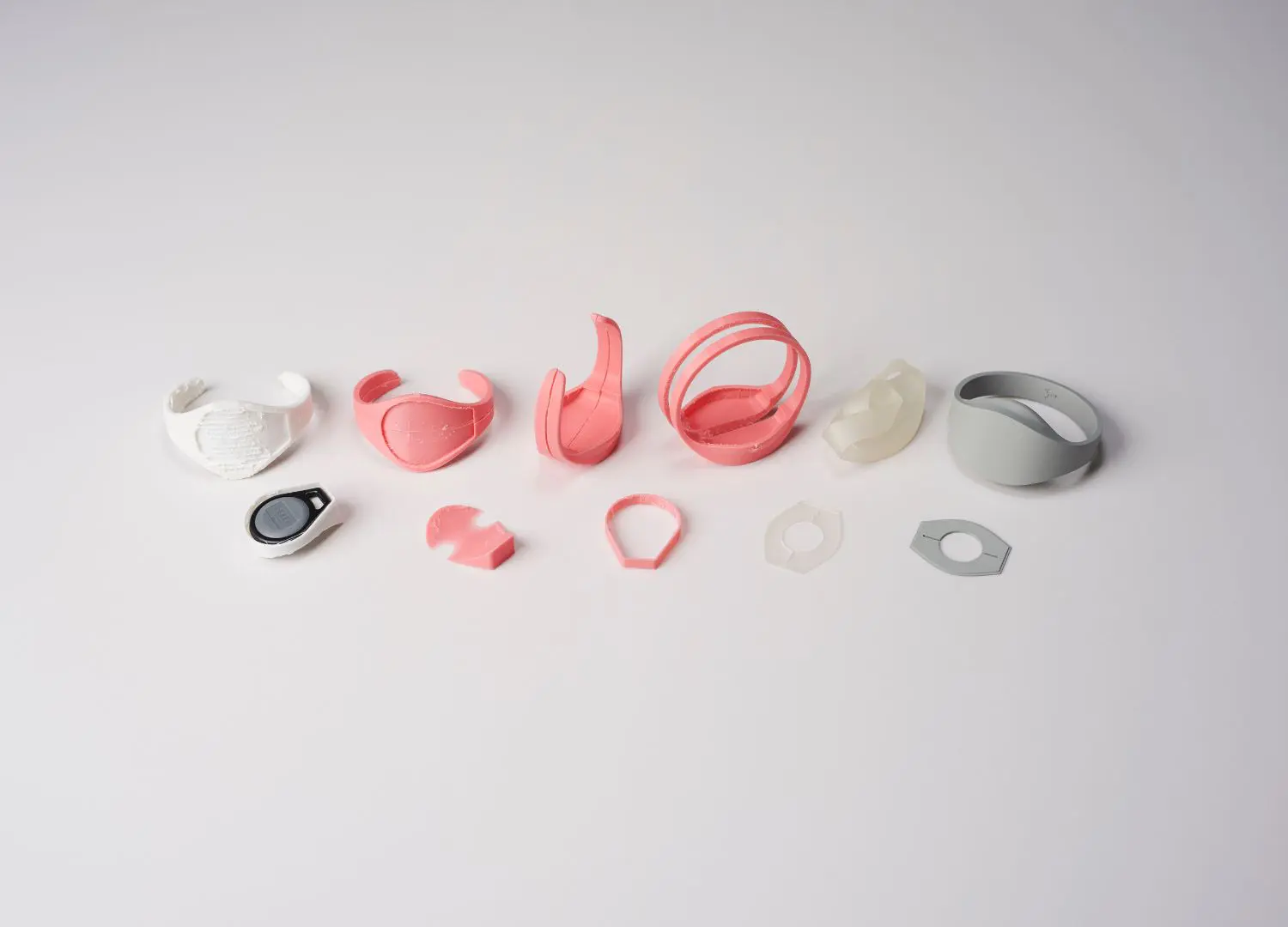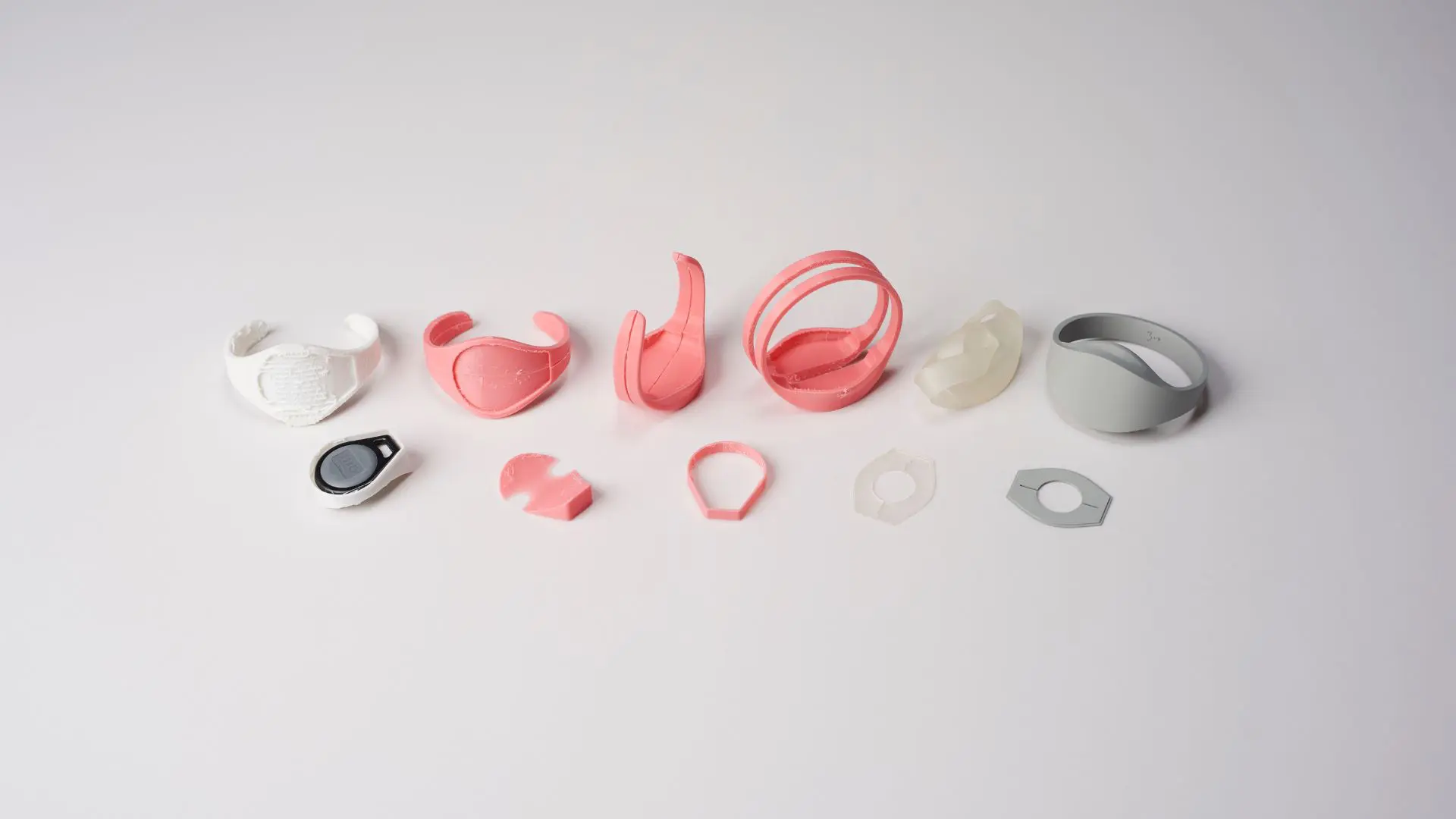In the face of challenges such as climate change, aging populations, carbon neutrality, and other systemic issues, industrial designers are experiencing evolving roles and responsibilities. Don Norman’s Design for a Better World (2024) highlights a shift from human-centered to humanity-centered design, emphasizing life-centered perspectives. Similarly, Mike Monteiro’s Ruined by Design (2019) underscores the necessity for designers to address political, cultural, systemic, and global complexities.
Victor Papanek’s Design for the Real World (1971) asks, “How can we design for survival and also survival through design?” advocating for an integrated, holistic approach that considers platforms, processes, and places from ecological and ethical perspectives.
In this interconnected era, industrial designers must embrace “total design,” balancing generalist versatility with systemic and adaptive problem-solving to foster environments that grow, adapt, and regenerate.
This article reflects and explores sustainable design through the lenses of material exploration, material flow, material culture, material technology (Tibbits, 2021), and material ecology (Oxman, 2020), discussing innovative and practical ideas across three dimensions: product design, service innovation, and social impact. By envisioning material as a creative currency for design, we want to preliminarily explore:
Material innovation – Topics:
These three categories inspired me to frame and consider three “how-might-we” questions:
- How might we create meaningful materials to design sustainable products, services, and experiences?
- How might we create meaningful materials to enhance people’s quality of life?
- How might we create meaningful materials to build material ecologies for sustainability?

Material for product design
Create symbiosis between artificial sea defense and natural sea defense.
Applying sustainable materials in product and industrial design is both fundamental and critical. Industrial designers, such as Marc Newson and Karim Rashid, use materials not only as a means of self-expression but also to raise public awareness of people’s consumption behavior in the context of identifying the balance between fast fashion and sustainability.
Everyday products, such as coffee cups, sneaker soles, and doorknobs, offer opportunities for exploring sustainable materials from an industrial design perspective, including redefining key terms, expending sustainable applications, and modifying product manufacturing processes.
A deep understanding of material vocabulary and its applications enables designers to integrate purposeful material innovation into the traditional design process, consider products’ carbon footprints, and strategically address the energy costs (embedded energy) of materials. For instance, my TetraPOT project, a green sea defense product and system design, combines natural and artificial elements to propose a more sustainable solution.
Inspired by traditional tetrapods—a concrete block designed to dissipate waves and prevent coastal erosion, commonly used to reinforce seawalls and breakwaters—TetraPOT transforms these concrete blocks into “pots” for mangroves, blending artificial sea defenses with natural ecosystems. These structures, made from concrete, organic materials, and plant seeds, interlock along coastlines, creating a lasting sea defense system of growing trees and roots.
Ideally, as the plants grow, their roots intertwine, forming a natural habitat that prevents erosion while promoting biodiversity. Future exploration includes using materials such as organic concrete to further minimize artificial impact and material waste and evaluate the embedded energy and carbon neutrality of TetraPOT throughout its full lifecycle.

Material for service innovation
Go beyond tangible materials to consider social structures, such as cultural rituals and social norms, as “design materials” for creating sustainable ecosystems.
Material as a medium for service innovation extends beyond the tangible to include informational and social aspects of the design process. In Social Structures as Service Design Materials (2021), Vink and Koskela-Huotari examined how service designers can leverage cultural rituals, social norms, and other societal structures to create sustainable systemic innovation.
This concept of material culture made me think that sustainable material literacy should extend beyond labs, research institutes, and educational systems to broader societal contexts and people’s daily lives and rituals. For example, how can we shift individual behaviors, such as reducing the use of disposable items (e.g., coffee cups, paper untensils, or plastic bags) through systemic design education?
For example, in 2021, I was a research fellow for the MIT Office of Sustainability (MITOS) focusing on how to build safe and sustainable labs on campus to achieve the goal of carbon neutrality on campus by 2030. It was a three-month design ethnographic research project, and we’ve visited four different types of labs on campus across different departments—Mechanical Engineering, Material Science, Civil Engineering, and Architecture—and interviewed lab managers and students covering five main topics: material procurement, waste disposal, electricity-consuming equipment, ventilation-consuming equipment, and lighting.
To scale the outcome of the research, we viewed these challenges considering three tensions: safe vs. sustainable, intuitional vs. individual, and data vs. stories. This project was at the very early stage of the research process. We want to leverage the insight and learning about the research material to connect and collaborate with MITOS, MIT Environment, Health & Safety Office (MIT EHS), and MIT Department of Facilities to make a meaningful, sustainable, and positive social impact initiating from MIT.
The project applied a human-centered design method integrated with a data-driven approach. We initiated the project by interviewing the identified four types of stakeholders: the university-level leadership team, professors, lab managers, and students. We also designed a pre-interview survey to understand the participants’ thoughts, creative ideas, satisfied points, and pain points before interviewing them.
The next phase of the research is to establish, combine, and analyze the data captured in lab visits and team discussions to align with the interview results qualitatively and quantitatively, thus helping us identify the direction of the project and opportunities to create an impactful yet feasible safe and sustainable labs blueprint for MIT.
This project illustrated the importance of connecting visible product materials with various invisible factors that we intensionally took for granted, such as user behavior and organizational structures, to inform service design for sustainability.
In this way, designers expand beyond tangible materials to explore social structures, such as communities, policies, norms, and beliefs, as “design materials” for sustainable ecosystems. This can help designers redefine sustainability through service design, focusing on building long-lasting and eco-friendly environment and systems.

Material for social impact
Cultivate a balanced material ecology to promote harmony among individuals, communities, and society, redefining the meaning of materials.
Emerging technologies like artificial intelligence (AI) and programmable fabrication are reshaping material innovation, enabling designers to meet diverse consumer needs, address extreme conditions, and experiment further possible design processes, complex solutions, and material research.
The idea of considering material as a crucial ingredient for social impact can help designers explore the social impact of material innovation and redefine the material technology, such as sustainable fabrication and programmable material, and even redesign the complete product design, development, and manufacturing process.
For example, research and design work from MIT Self-Assembly Lab, Professor Skylar Tibbits, Director of the MIT Self-Assembly Lab and his team has shown the intersection between art, design, and material innovation. Especially recently, they proposed a new concept of 4D printing partnered with Stratasys Ltd., reshaping the development of self-assembling programmable materials and adaptive technologies for industrial application in building more flexible space and design construction.
Similarly, Ganit Goldstein, a computational designer, textile researcher, and artist, has created and built computational smart textile systems to integrate parametric modeling and multi-material 3D printing to create custom-made, sustainable, and unique apparel.
The fabrication and material innovations closely resonate with Neri Oxman’s Material Ecology framework and her visions, which promotes leveraging nature’s structural, systemic, and aesthetic insights to create sustainable products and environment. By cultivating a balanced material ecology, designers and artists can foster equilibrium between individuals, communities, and society, redefining the “meaning” of materials.
By envisioning material as a creative currency for design, we can redefine its role, meanings, and applications across three key dimensions: 1. material for product design, 2. material for service innovation, and 3. material for social impact.
Materials are not merely physical components but powerful and transformational agents of change. By embracing sustainable materials in these areas, we might unlock their full potential and purpose to tackle systemic and complex challenges to craft meaningful, life-centered, and respectful design solutions.
Reference
- TetraPOT
- Neri Oxman’s Material Ecology framework
- MIT Safe and Sustainable Labs
- MIT Self-assembly Lab
- MIT Office of Sustainability Fellow
https://designwanted.com/material-innovation-sustainable-design/

